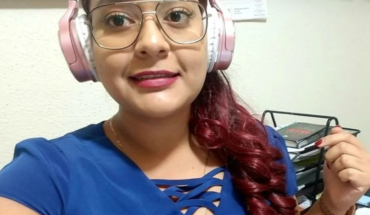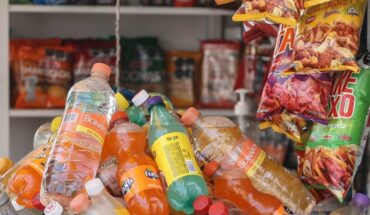Shortly after the Pfizer pharmaceutical vaccine received its first emergency authorization, the Pan American Health Organization said Wednesday that Latin American countries could soon begin immunizing against COVID-19, but warned that for now the end of the pandemic is not in sight.” There is a very positive expectation from all that it is possible to have vaccines available in very short to start using in countries,” said Jarbas Barbosa, PAHO’s deputy director. However, he warned, this does not mean that “the next day or the next week we will have vaccines in sufficient quantity to vaccinate all people.” Barbosa said that production will initially be very limited and the recommendation is to evacuate first thinking about saving the lives of the most vulnerable people, such as health professionals, the elderly and those with diseases. Then, in a second phase, the vaccine will start to be used to control the pandemic. He made his statements with several PAHO executives at a weekly virtual press conference from Washington, where the organization’s headquarters are located. It was shortly after Britain announced the adoption of the emergency use of a VACCINE against COVID-19 produced by Pfizer, which could pave the way for Latin American countries to also authorize and begin implementing it. The Americas region has been one of the hardest hit by COVID-19 worldwide. In the last week, there have been 1.6 million new cases and 22,000 deaths, while throughout November cases rose 30% compared to October to more than 6 million, according to PAHO information based on data provided by governments in each country. In recent weeks every day there are new records in North America.There are already six Latin American countries that have signed contracts with the Pfizer laboratory to acquire that vaccine, and the rest is in talks, Sharon Castillo, spokesperson for that pharmaceutical company, told AP. The Mexican government announced Wednesday that it will buy 34.3 million vaccines from Pfizer, although they expect to receive 250,000 in December. Chile, for its part, also has a contract with Pfizer and will receive 10.1 million doses, the government recently said, which is also in contact with other vaccine producers. In addition to the Pfizer vaccine there is one dozen more that is under investigation and some, including the one produced by Moderna Inc. have requested emergency approval. Vaccines must be authorised by health regulatory authorities in each country. In addition to the individual contracts that each nation signs with laboratories, PAHO encourages participation in a mechanism called COVAX, which ensures access to a basket of vaccines for all countries wishing to participate. So far, 27 countries in Latin America and the Caribbean have committed funds for this mechanism, and ten others that lack resources will also do so with financial assistance from international agencies. These include El Salvador, Honduras, Nicaragua and Bolivia.Vaccines participating in this COVAX basket need authorization from the World Health Organization. There’s still none that have it. In the past, for example with H1N1 influenza, lower-income countries did not access vaccines in time. Latin America obtained them six to eight months after the nations with the most resources did. To avoid this, “we want to ensure equitable access” through the COVAX mechanism, Barbosa added.The other countries that have already signed a contract with Pfizer to purchase their vaccine are Costa Rica, Ecuador, Panama and Peru, said Castillo, the spokeswoman for the laboratories, after indicating that the details of each case have not been revealed. He noted, however, that Mexico could receive the first doses before the end of the year, and the rest of the countries in the course of 2021.Colombia, on the other hand, had negotiations with confidentiality agreements with Pfizer, AstraZeneca, Janssen, Sinopharm, CanSino and the Serum Institute of India. Through the Covax mechanism, it also plans to acquire 10 million vaccines as a provision by the second half of 2021, according to official information. The Pfizer vaccine requires that it be transported and stored in temperatures below 70 degrees Celsius, something unpublished so far.” Logistics is going to be a challenge,” Barbosa said after explaining that special freezers are needed that for now only have a few research laboratories and hospitals. Pfizer said it works with countries to make it easier for them toceasing for storage and distribution. Vaccines arriving in the region will be produced in Michigan, USA, and from there they will travel in a kind of briefcase with dry ice and GPS that will allow them to accurately track the temperature, Castillo explained.Despite how close the start of vaccination may seem, pandemic control is not yet in sight.” We still have a way to go,” said Marcos Espinal, PAHO’s director of the Department of Communicable Diseases. “We have not yet reached the end of the tunnel,” he said after explaining that the vaccine will not be available to everyone immediately and therefore it is necessary to continue to maintain the recommended hygiene and estrangation measures.
translated from Spanish: PAHO said Covid-19 vaccine for Latin America is nearby but warned that the pandemic continues
December 2, 2020 |





